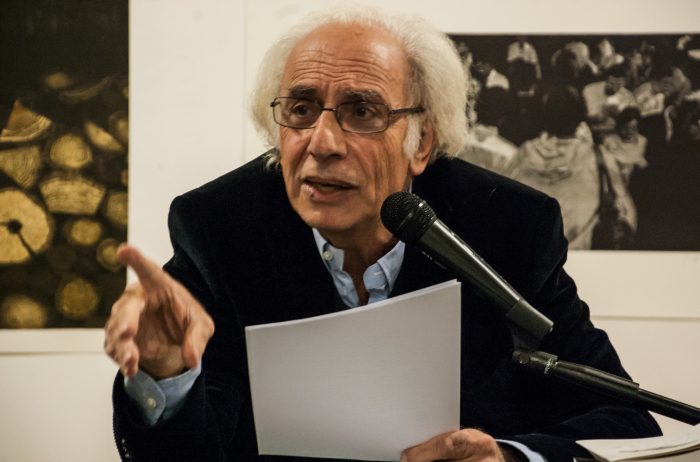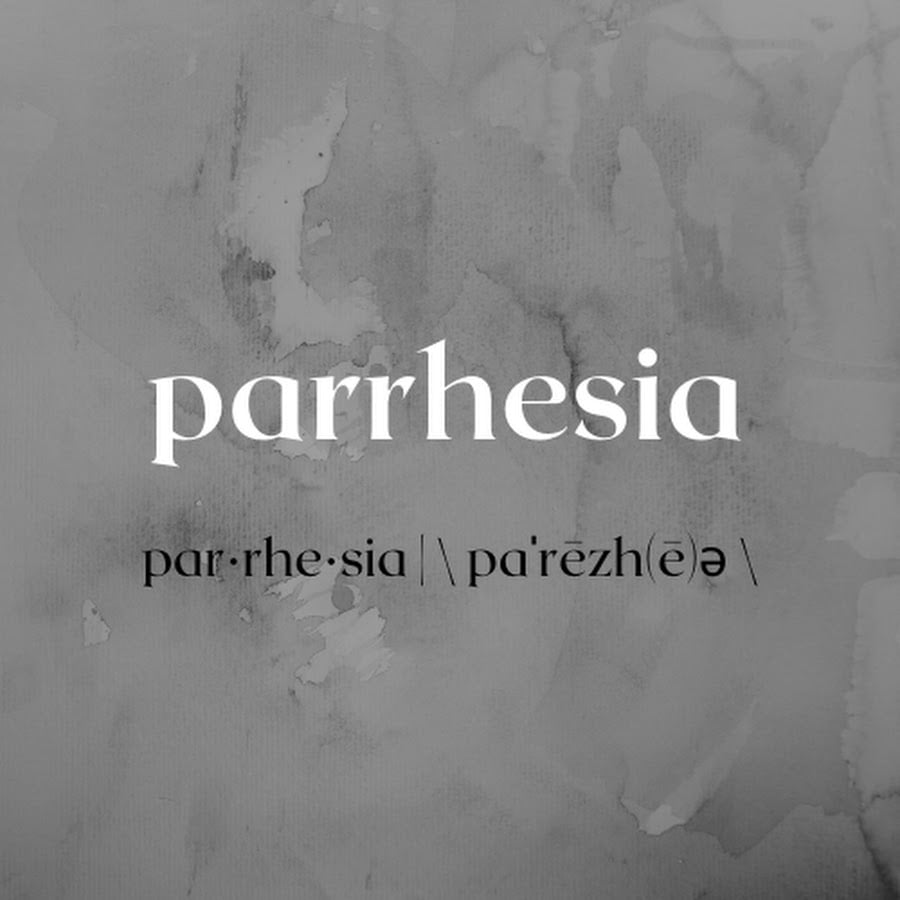Armenian Literature, Catastrophe and its Representation: Seminars with Marc Nichanian


TALİN SUCİYAN
As Parrhesia Collective, we started organizing seminars on Armenian literature with Marc Nichanian in mid-February. In the previous sessions, Nichanian talked about the reflections of the Empire's practices of sacrificing its subjects in Armenian literature and traced two of the most important of these practices. According to Nichanian, there are two important issues between the ruler and the subject. One of these is sexual debt and the other is the debt of life. Nichanian explored the topic of sexual debt by referring to Hagop Oshagan’s novel ‘Mnatsortats’ (Remnants). The novel is set in Oshagan's hometown of Sölöz. Serop's wife Aghvor of the Nalbandians, a prominent family in Sölöz with ties to the imperial center, does not conceive any children from her husband, so the two mothers-in-law try to convince their daughter-in-law Aghvor to secretly have an affair with Soghom, who works on the farm. This affair would later, as in other parts of the Empire, be combined with the existing political issues and evolve from a case of adultery to the accusation and arrest of Soghom as a rebel.
Oshagan's theme in "Mnatsortats", the inability to have children, the inability to ensure the continuation of the lineage, and the culmination of these problems with the events leading to a catastrophe, is of course part of an ongoing problem for Ottoman Armenian society in the 19th century. Policies aimed at the disintegration of the family institution are one of the most important and least talked about, perhaps even unspoken, issues of this period. Although the characters and the plot chosen by Oshagan give the impression that it is a family problem experienced entirely among Armenians, the fact that this family is not an ordinary one, but a prominent family with connections to the imperial capital, and the aim of ensuring the continuity of the lineage are directly related to each other. In addition, the most important development that Armenian families experienced during the 19th century was that Armenians living in ‘kavars’ or ‘yergirs’, whose livelihood depended on an agricultural economy, began to be separated from their families by becoming migrant laborers, or ‘bantukhd’.
One of the questions that Nichanian emphasized throughout the seminars, and that we, as the members of Parrhesia Collective, have been pondering as well, was the use of the terms ‘pnig’, meaning native, and ‘kavar/yergir’. Were the ‘pnig’ Armenians living in the ‘kavar’? Did they represent the people mentioned in the ‘kavar’ literature or something else? This was an important question because, as Nichanian underlines, ‘pnig’ also represented a testimony created by the philological tradition. This testimony not only included the knowledge of being native, but also identified with a testimony that was destroyed, namely the second debt created by the empire, the debt of life. At this point, in order to understand ‘pnig’, it was useful to read Karekin Srvantsdyants and talk about how the Mkhitarians portrayed ‘pnig’. ‘Toros Aghpar’, written by Srvantsdyants while traveling through the provinces, provided a good background for us to discuss the next theme of the novel and the theme of catastrophe in detail. Nichanian emphasized the importance of the novel as a genre in the Western Armenian literary world, especially as a genre that is read as the transmission of the reflections of mourning or as the transmission of the impossibility to represent mourning. One of the questions that may arise here is why only the novel as a genre in particular, and not other genres of literature, or other forms of art, is linked to mourning.
Although Hagop Oshagan, who was born and raised in Sölöz, near Bursa, is a well-known writer in the diaspora, the fact that he is less known and read by Armenians in Turkey, and that his works have not been translated into Turkish, is a very telling absence. These works, which provide significant information about the last period of the Ottoman Empire, and daily life in the provinces, thus will be extremely illuminating at the intersection of literature and history. The fact that The Remnant, which reveals a historical period with the power of the novel genre, is relatively little read by Turkish readers and much better known in the diaspora, surely points to a political context.
This week we will be holding the last of our ongoing seminars on Empire, subordination and Armenian literature with Marc Nichanian. We hope to present a summary of these seminars on Radio Agos in the first week of April.



